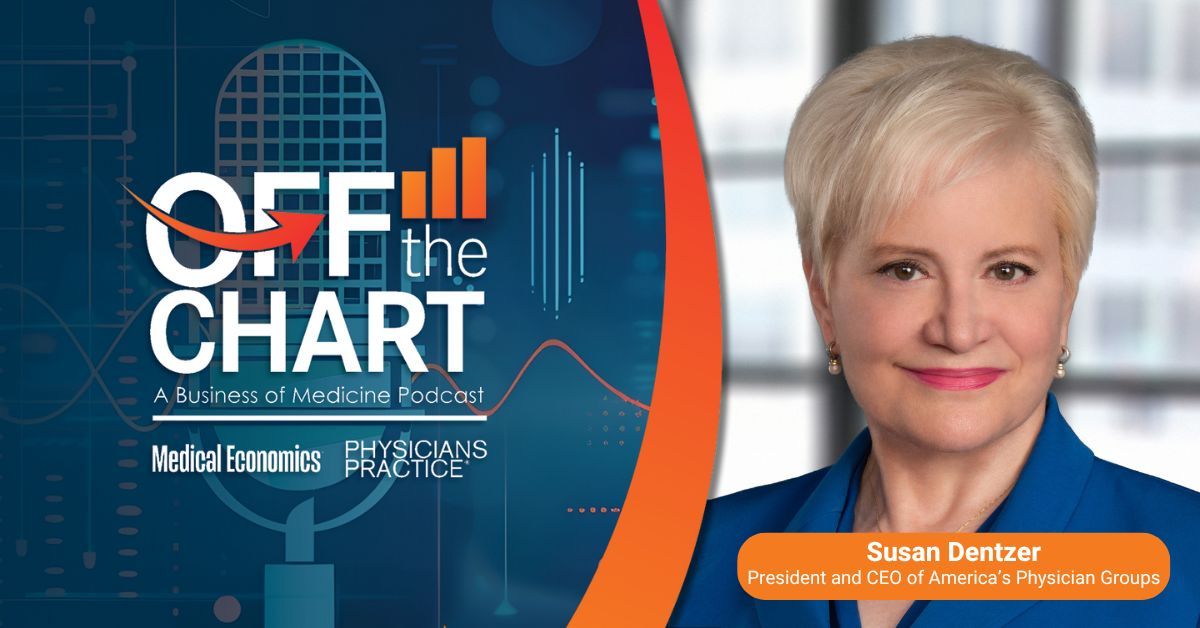News
Article
Interoperability: some improvement, but much work remains
Author(s):
New study finds uneven progress in making data exchange easier and more useful
Data exchange, or interoperability, among electronic health records (EHRs) is getting easier but still has a long way to go before primary care doctors are completely satisfied with it, a new study concludes.
Since EHR use began to spread about 15 years ago, one of doctors’ biggest complaints about them has been the near impossibility of sharing patient data between different EHR systems. Congress responded in 2016 by adopting the 21st Century Cures Act, which contained numerous provisions designed to facilitate interoperability and discourage data blocking.
Now that most of these provisions have taken effect, the study’s authors set out to determine if they are working. They did so by analyzing responses from nearly 2,100 family physicians to questions about electronically accessing different 10 types of clinical information—such as lab tests, vital signs and clinical notes—from outside their health system, using such information to effectively care for patients, and barriers they encountered to accessing the information. The questions came from the 2022 Continuous Certification Questionnaire, part of the American Board of Family Medicine’s certification process for family physicians.
Their analysis revealed what the authors call “substantial but incomplete access to external information and moderate ease of using that information along with substantial variation in physician experience.” About one in ten reported they were very satisfied with their ability to access all 10 types of information from outside organizations, while 23% said the information was very easy to use. About two-thirds (65%) reported that information was somewhat easy to use.
Broken down by information type, the highest level of satisfaction—34%-- was ability to receive lab reports from external organizations. The lowest level—21%—was for information on preventive care. Overall, 11% said they were not at all satisfied with at least half the information types they received, about 25% reported they were very satisfied with at least half the information types and 11% were very satisfied with all the information types.
Fewer than one in ten (8%) said information from EHR developers different from their own was very easy to use, compared with 38% who said data from the same EHR developer was very easy to use.
The authors say their findings highlight the need for different initiatives to improve interoperability depending on the challenges faced by different physician populations. For example, physicians serving vulnerable populations said they often lack the resources to address patients’ social needs, and thus could benefit from initiatives making it easier for them to join an exchange network.
“Taken together,” they conclude, “these data suggest a need for diverse and targeted approaches to complete progress toward universal, high-value interoperability.”
Newsletter
Stay informed and empowered with Medical Economics enewsletter, delivering expert insights, financial strategies, practice management tips and technology trends — tailored for today’s physicians.






